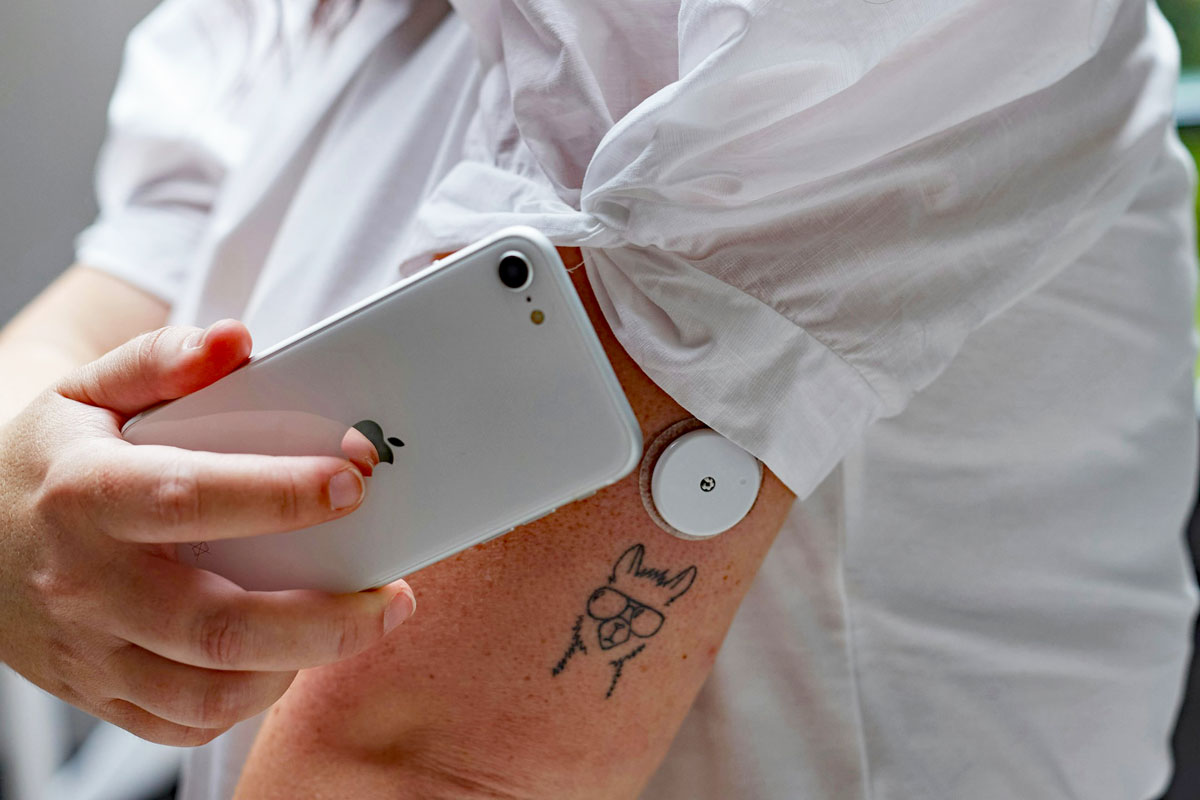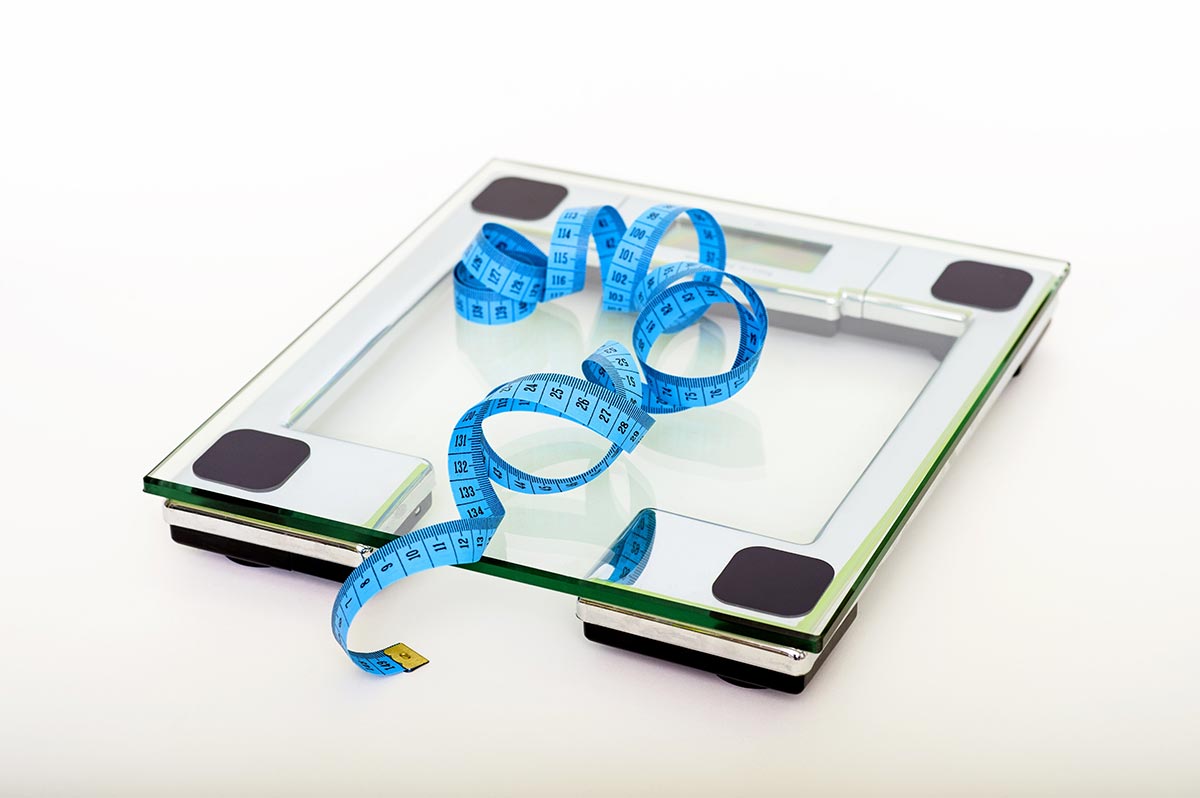Blood Sugar Isn’t Just for Diabetics
Continuous glucose monitoring has been marketed almost exclusively to insulin-dependent patients. That’s convenient for the current CGM industry: it can charge 100–140 euros a month, with health insurers footing the bill. But blood sugar is not a “diabetic only” metric. For athletes, biohackers, and anyone north of 35, it is just as revealing as lactate.
Lactate testing is already common in sports science to track metabolic thresholds. The difference? You prick the ear once and you’re done. Blood sugar, however, fluctuates constantly—meals, sleep, stress, workouts—so fingersticks four times a day won’t cut it. Nobody in their right mind will stab themselves daily just to find out that pizza spikes higher than rice. Especially not men, who are world-class needle-phobes.
Why Glucose Matters for the “Healthy”
Insulin resistance creeps in silently, often before any fasting glucose or HbA1c lab test raises alarms. By the time your doctor notices, the horse has left the barn. A CGM lets you see how your metabolism actually performs in the wild: how a croissant at breakfast differs from steak and eggs, why sleep deprivation makes sugar peaks higher, and how a 20-minute post-meal walk flattens the curve.
That is actionable, personal, and way beyond what a lab snapshot can deliver. For the fitness crowd, glucose is the missing metric alongside VO₂max and lactate threshold. It is the “everyday marker” that shows how lifestyle tweaks change the biochemical reality—not theory, not averages, but your curve in real time.
The Price Wall: A Market Lost
And here comes the punchline: systems like the FreeStyle Libre cost about 70 euros per sensor, lasting 14 days. New OTC models such as Dexcom’s Stelo in the U.S. advertise 99 dollars per 30 days. Abbott’s Lingo for “wellness” sells for 49 dollars for two weeks in a promo, usually closer to 89. In Europe, add distribution margins and taxes, and you are paying between 100 and 140 euros a month.
That might be fine for lifelong therapy reimbursed by insurance. But for the biohacker who just wants a six-week metabolic audit? It’s insane. You are basically priced out before you even start.
| System | Duration | Price | Cost per Month |
|---|---|---|---|
| FreeStyle Libre (DE) | 14 days | ~70 € | ~140 €/month |
| Dexcom Stelo (US OTC) | 30 days | 99 $ | ~95 €/month |
| Abbott Lingo (UK/US) | 14 days | 49–89 $ | ~90–120 €/month |
| Supersapiens (EU, sport) | Subscription | 150–200 € | 150–200 €/month |
Six Weeks of Insight, Not a Lifetime Contract
Here is the killer business case: biohackers and fitness enthusiasts don’t want lifelong dependency. They want a six-week program. Two to three sensors, run your own “metabolic stress test,” extract insights, adjust your diet and training. Done. That is not only enough—it is smarter. But the CGM industry pretends this market does not exist.
By sticking to the medical reimbursement model, it sacrifices millions of willing customers who would happily pay 150–200 euros once or twice a year. Multiply that by global fitness populations and you get a market several times larger than insulin-dependent diabetics. Yet the incumbents ignore it, because milking insurers is just too easy.
Apple, Xiaomi, Withings: The Wolves at the Gate
Tech giants are already circling. Apple has worked for years on non-invasive glucose sensing in the Watch. Samsung and Xiaomi are building optical and spectroscopic approaches. Withings plays in the medical-wellness overlap with smart scales and blood pressure monitors. If any of these players launch a reliable, non-invasive glucose feature, the old guard is toast in the lifestyle sector. The price spiral will collapse. You don’t pay 120 euros a month for a skin-piercing patch if your smartwatch gives you glucose curves for free. This isn’t science fiction; it’s a matter of “when,” not “if.”
| Company | Approach | Status | Risk for CGM Industry |
|---|---|---|---|
| Apple | Optical spectroscopy in Watch | Prototype stage | High |
| Samsung | Sensor integration in wearables | Ongoing R&D | High |
| Xiaomi | Low-cost consumer bands | Likely first mover (China) | Very high |
| Withings | Medical-wellness hybrid devices | Commercial products (BPM, Body Smart) | Medium |
The Biohacker Threat
Ironically, it is not patients but healthy, fitness-obsessed consumers who will determine the future of CGMs. Biohackers are early adopters, loud on social media, and willing to spend. But they are not stupid. They will not subscribe to a 1,200-euro annual plan for a data curiosity. They want affordability, flexibility, and clarity. If the CGM industry doesn’t listen, it will be blindsided. Apple won’t just take the market—it will redefine it.
And when that day comes, the incumbents will regret ignoring the six-week, non-diabetic market. Because that is where the numbers—and the money—truly are.
Rethinking the Future of Metabolic Tracking
The lesson is simple: blood sugar is not only medicine, it is performance science. For athletes, for biohackers, for men who hate needles but want to dodge insulin resistance. Continuous monitoring is too powerful to stay locked behind overpriced patches. The company that first embraces short-term, affordable access will win a global audience. The ones who don’t? They will milk patients a little longer—and then watch their empire evaporate in the glow of a smartwatch screen.
| Market | Target Group | Duration | Willingness to Pay | Comment |
|---|---|---|---|---|
| Insurer Market | Insulin-dependent patients | Lifelong | €100–140/month (covered by insurance) | Stable cash machine, little price pressure |
| Fitness/Biohacker Market | Healthy users, athletes, 30+ | 4–6 weeks | €150–200 one-time | Millions of potential users, but ignored by the industry |
| Player | Technology | Pricing Model | Position 2030 | Comment |
|---|---|---|---|---|
| Traditional CGM Industry | Invasive sensors with needle | €100–140/month | Shrinking market share | Too slow to diversify, stuck in high-price model |
| Apple/Samsung | Non-invasive glucose in wearables | Bundled in devices (optional subscription) | Lifestyle market leaders | Leverage existing ecosystems |
| Xiaomi | Low-cost bands with glucose tracking | $20–40 one-time | Mass-market dominance | Crushes prices, opens emerging markets |
| Withings | Hybrid wellness-medical devices | Premium hardware + subscription | Niche leader | Bridges lifestyle and clinical use |
Sources: American Diabetes Association. "Comparing Continuous Glucose Monitoring and Blood Glucose Monitoring." Diabetes Care 47(5):881-893, 2024. Harvard Health Publishing. "Is blood sugar monitoring worthwhile without diabetes?" June 2021. PMC9659662: "Cost-effectiveness of CGM: systematic review", 2022. Reuters. "Dexcom launches over-the-counter CGM Stelo," Aug 2024. Abbott official website: FreeStyle Libre pricing, 2025. Supersapiens subscription pricing (EU), 2024.













